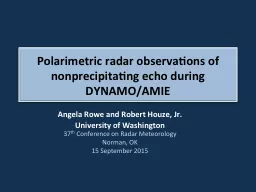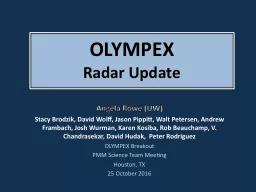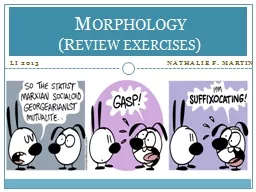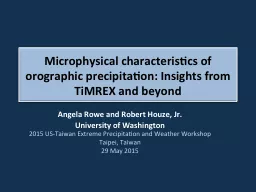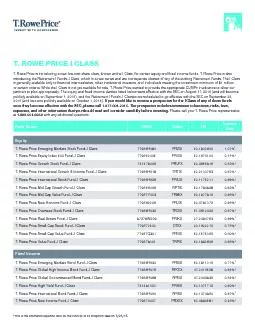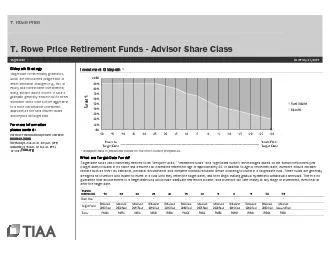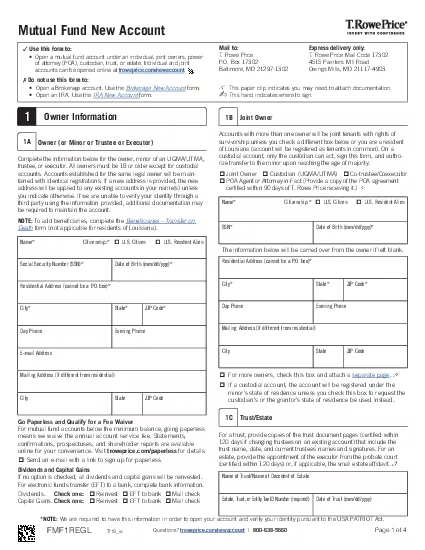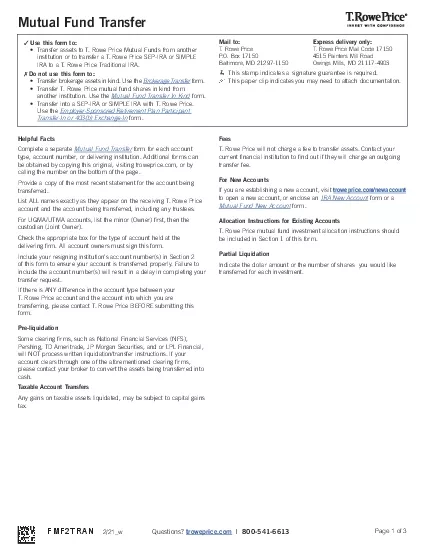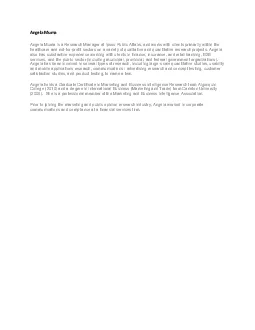PPT-Angela Rowe and Robert
Author : tatyana-admore | Published Date : 2016-11-24
Houze Jr University of Washington 37 th Conference on Radar Meteorology Norman OK 15 September 2015 Polarimetric radar observations of nonprecipitating echo during
Presentation Embed Code
Download Presentation
Download Presentation The PPT/PDF document "Angela Rowe and Robert" is the property of its rightful owner. Permission is granted to download and print the materials on this website for personal, non-commercial use only, and to display it on your personal computer provided you do not modify the materials and that you retain all copyright notices contained in the materials. By downloading content from our website, you accept the terms of this agreement.
Angela Rowe and Robert: Transcript
Download Rules Of Document
"Angela Rowe and Robert"The content belongs to its owner. You may download and print it for personal use, without modification, and keep all copyright notices. By downloading, you agree to these terms.
Related Documents

